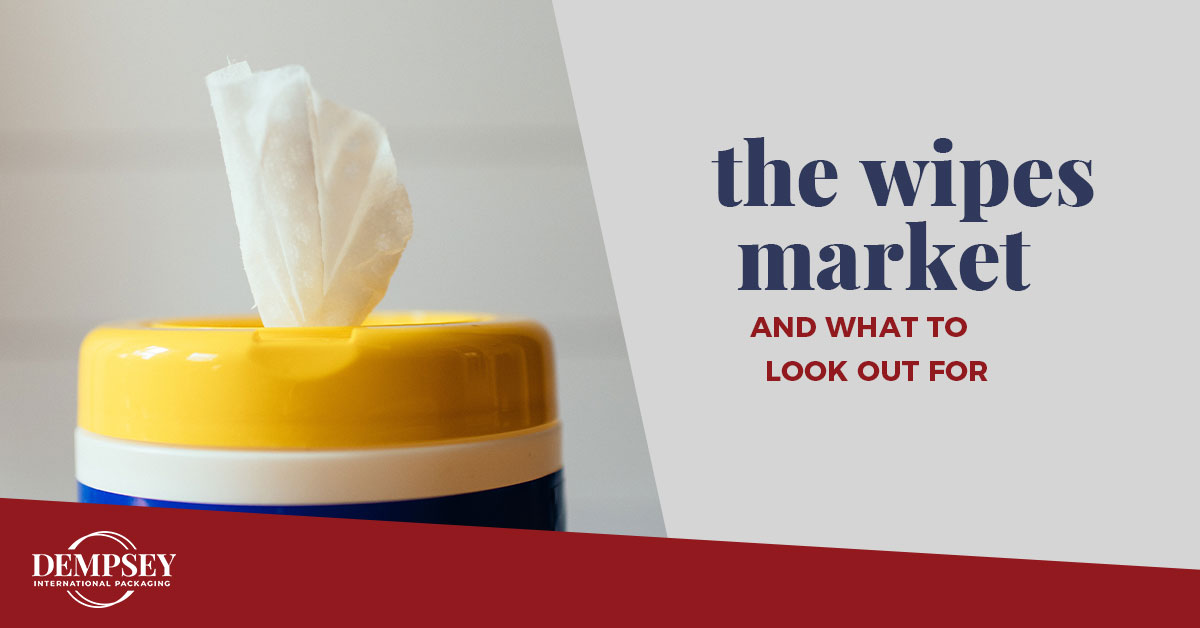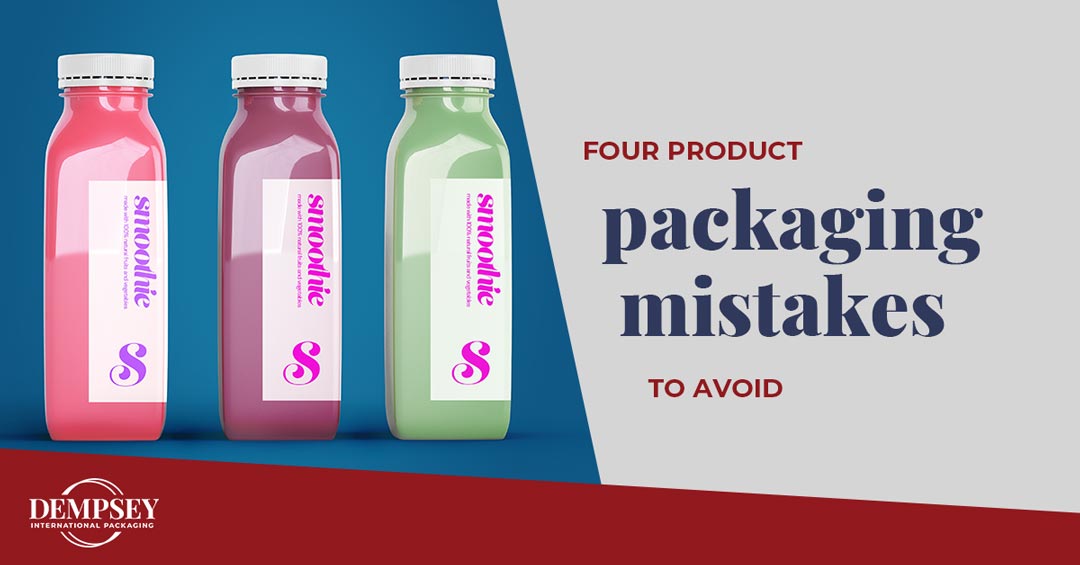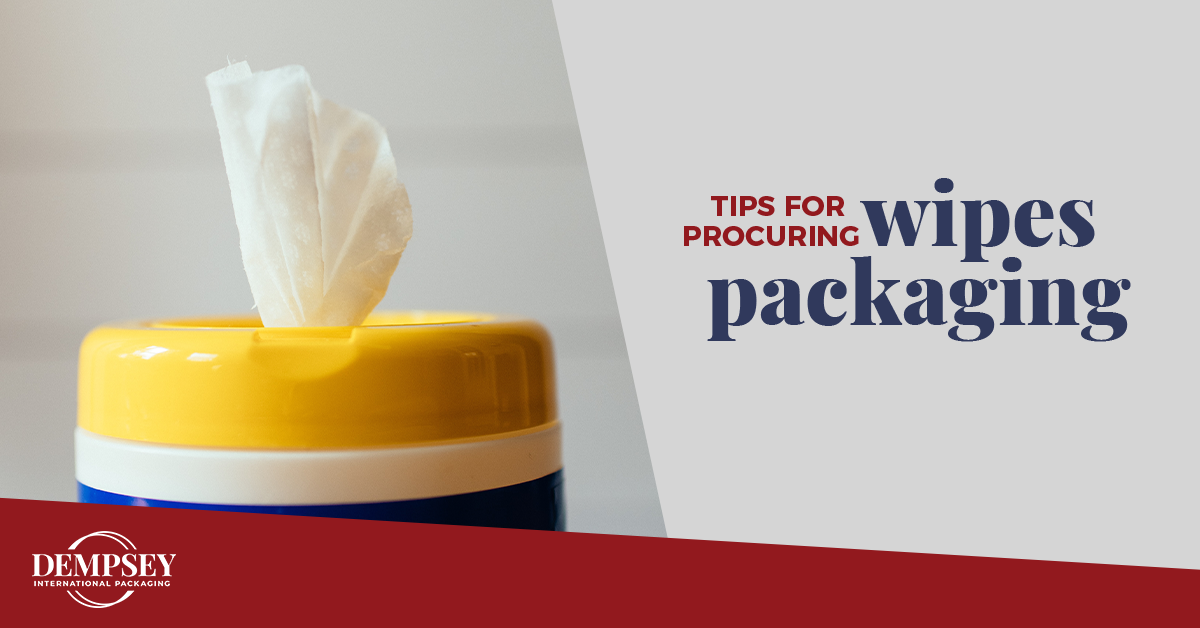As we enter month seven of the current pandemic the sanitizer gels and liquids seem to be leveling off and with it some of the hysteria. With that, the packaging, fillers, and distribution channels have also settled down to some sense of normalcy.
The emerging need that has hit today’s consumer and thus all of us in the supply chain is the national shortage of wipes. Like many other products in the market, all wipes are not created equally. What the ingredients are, what claims are made on the label, and how the wipe is being marketed will determine which regulatory arm of the government is involved and what approvals are required.
EPA vs FDA
Both governing departments are very important in maintaining a safe and effective product as well as monitoring the correct label claims and fill facilities.
- EPA: Rule of thumb in simple terms – If you are branding a disinfectant or hard surface cleaning wipe these will be regulated by the EPA. With that the fill facility, formula (ingredients) and the form of use, “wipes” requires and N-number from the EPA.
- FDA: Rule of thumb here in simple terms – If you are branding a sanitizing or anti-bacterial wipe these will be regulated by the FDA. The formula (ingredients) will require an NDC number and the fill facility will require FDA certification.
Both products can be very effective at killing pathogens, viruses, bacteria, germs, etc. but both types must have the proper certifications.
One may use an EPA approved formula in a sanitizing or anti-bacterial wipe and not require an EPA N-number for the wipe but this wipe cannot be claimed as a disinfectant or hard surface cleaner. In these instances, one can brand as a sanitizer/anti-bac wipe.
Packaging and Wipes Materials
Now let’s talk about packaging and the wipes materials. As with many of the available packages out there throughout this pandemic you really need to vet your supply chain.
- Wipes: The wipes materials are typically spun from synthetic and natural materials (cotton, viscose, hemp) which are usually combined to deliver optimal absorbency and strength. There are many variations so make sure that you check the specifications and please test the materials.
- Containers and Lids: The canisters can be produced using HDPE, PET and Polypropylene. Colors are typically white unless the formula cannot be exposed to light then darker colors can be used. The lids are made of Polypropylene since most lids have a living hinge for the flip top feature.
Several things to look out for in the sourcing of containers and lids:
- Make sure that the side walls of the containers are rigid enough to withstand the fill and capping operations. Many of these packages require a snap on lid that the consumer takes off to start the wipe dispensing then the lid is snapped back on by the consumer.
- Make sure that the lid to container fit is secure to avoid evaporation when the lid is closed.
- Check the fit of the wipe roll that will be going in the container.
- A quality supplier will make sure that all of these requirements are met.
Dempsey International has a wide selection of canisters, pails, lids, wipes and total packages to meet your requirements for wipes. We work with EPA, FDA certified facilities and high quality component suppliers across the globe to meet our stringent customer requirements.
For any questions related to the wipes market, our knowledgeable team at Dempsey International Packaging is available as a resource to you. Simply email info@dempseyinternational.com to get in touch.
Authored by: Bill Negrini, VP of Business Development at Dempsey International Packaging
Bill’s extensive experience in the packaging market includes expertise in the health care, personal care, and food market segments with exposure to many others. As VP of Business Development he handles sales and market development for the Midwest and Eastern regions of the United States.




